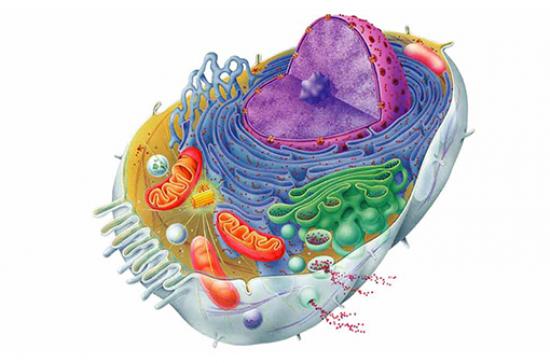
There were several evolutionary jumps in the early history of life on the planet driven by gene swapping, a team of researchers from Maynooth University along with scientists from Germany and New Zealand have concluded.
The research, which has just been published in Nature Magazine, involved one of the largest analyses of genomes of every kind of living organism and mapped the evolutionary genetic history of eukaryotes (living organisms including humans and animals), and prokaryotes (single-celled organism such as bacteria). The study provides evidence that genes flow very differently in the two systems.
Prof James McInerney, evolutionary biologist in the Department of Biology at Maynooth University explains: “We found that in prokaryotes, the genomes evolve by extensive gene spread without respect for species boundaries. This is called lateral gene transfer (LGT) and this is how prokaryotes have such diversity in their metabolic systems, explaining developments such as the spread of antibiotic resistance. The big finding of the study was that eukaryotes don’t engage in this kind of continuous gene swapping nearly as much – though when they do, it’s a hugely significant event resulting in major evolutionary leaps. The big question which we have yet to discover is why gene swapping pretty much stops once cells become more complex?”
There is another very important insight, Prof McInerney explains: “Prokaryotes swap genes with one another at a very high rate – sometimes the swapping is within the same species, sometimes with a different species. It happens all the time and there appears to be little, if any, in the way of prokaryote mating choice. But for eukaryotes the picture is completely different. Eukaryotes usually mate only with members of their own species, in a process called sexual reproduction. But, mixing prokaryotic and eukaryotic genes is a much rarer event.”
Prokaryotes and the eukaryotes have coexisted in the same environments on Earth for over a billion and a half years, but they live in what are effectively two different and disconnected genetic worlds. The only significant level of gene mixing between prokaryotes and eukaryotes occurred at the origins of chloroplasts (organelles found in plant cells and eukaryotic algae that conduct photosynthesis) and mitochondria (the powerhouses of cells that generate energy they need to function), where there was a massive influx of genes.
The researchers performed significant amounts of computational analyses to reconstruct gene history in early eukaryotes and plants.
